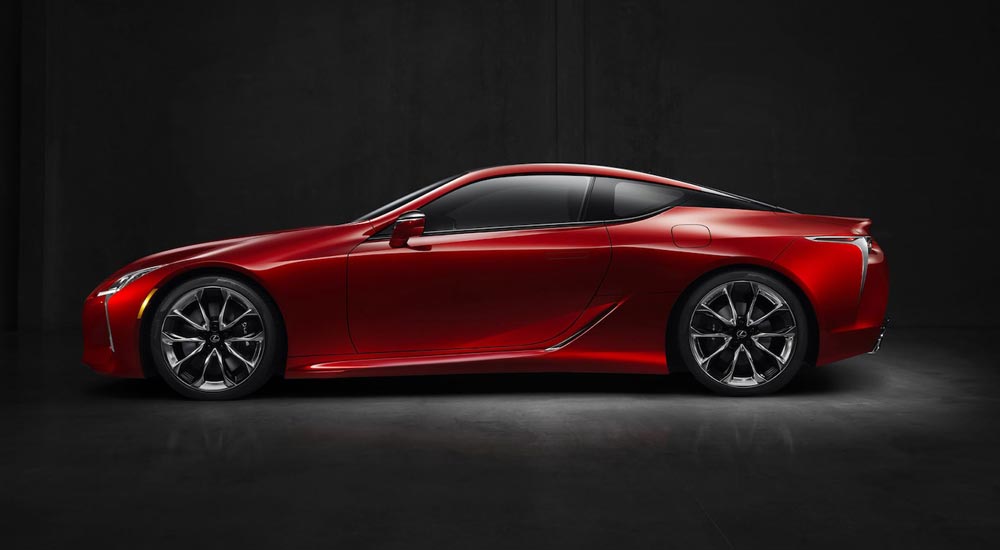A recent Boston Globe interview with Yoshihiro Sawa, president of Lexus International, is full of insight into the vehicle design process of the brand:
“Previously, the system was different, and we listened to too many people’s opinion. But now we decide in a small group; we don’t hear so much from the market. If we research too much like before, we lose our identity.”
“We’re trying to create a new language, a new grammar. It’s not so easy to get to that goal. A car should have some sort of strong character or beauty. Too much discussion can spoil that kind of pure direction. Of course, we have discussions, but it’s what is the best solution. But the proportion or shape of the grille? Maybe we shouldn’t listen too much.”

This focus on “strong character” has been on display with the latest round of Lexus vehicles — the LC coupe, LS sedan, and UX crossover can all be said to embody a specific viewpoint, with opinionated decisions on everything from design to engine selection:
- Lexus’ commitment to retaining the design of the LF-LC concept meant developing an entirely new suspension type for the LC coupe.
- Despite every previous LS sedan (and all competitors) offering a V8 engine, Lexus released its latest generation with a twin-turbo V6 because it fit the “personality” of the car better.
- The UX crossover is so focused on its primary target market of people living in urban areas, one of its key features is a small turning radius that makes it easy to navigate in crowded cities.
All of this is intentional according to a master plan, according to Sawa:
“The Japanese sense of beauty is key to differentiate us from other OEM’s design,” Sawa said. “I think this is our original way of expressing our beauty. Comparing other OEM’s cars, their design is always the same. But ours, LS, LC, is a little bit different. People can tell it’s a Lexus, and every car has an individual character. That’s key.”


Comments